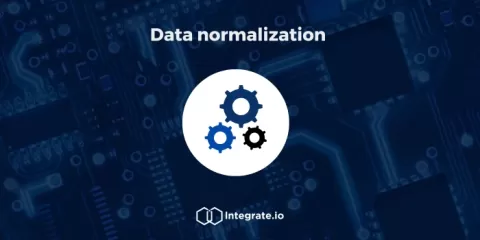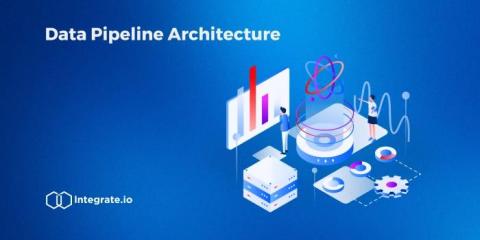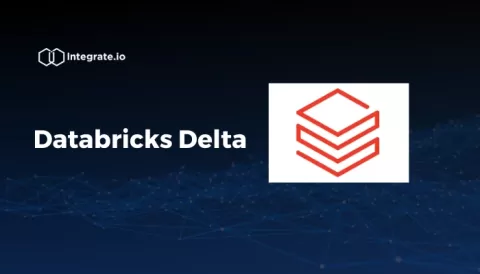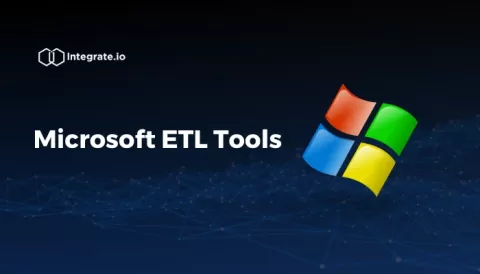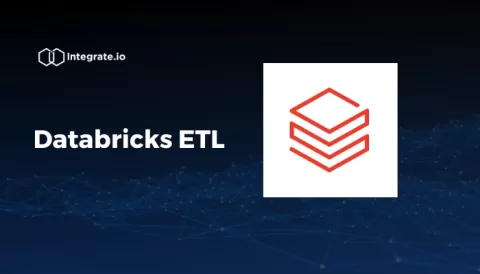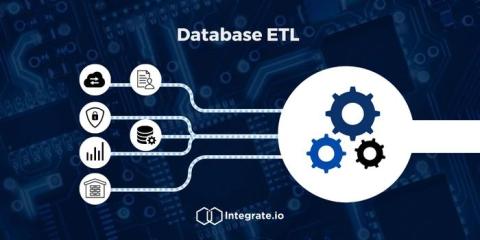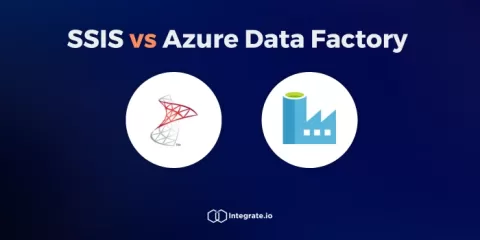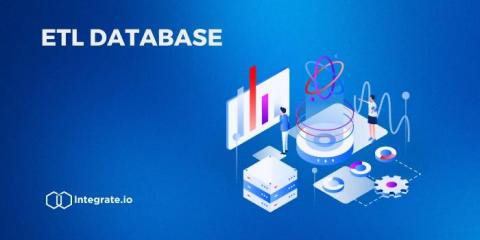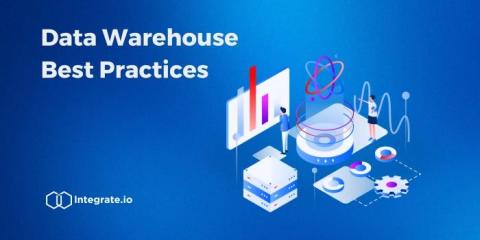Data Normalization for Data Quality and ETL Optimization
Have you ever struggled with duplicate records, inconsistent formats, or redundant data in your ETL workflows? If so, the root cause may be a lack of data normalization. Poorly structured data leads to data quality issues, inefficient storage, and slow query performance. In ETL processes, normalizing data ensures accuracy, consistency, and streamlined processing, making it easier to integrate and analyze.


